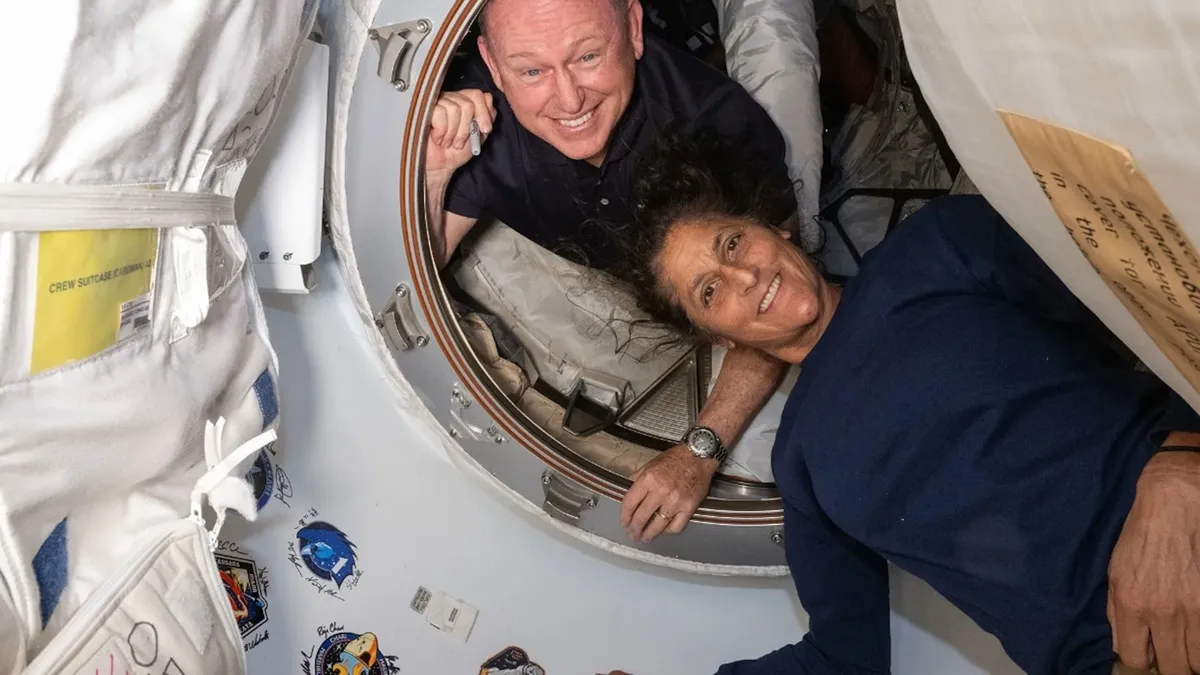
An exciting SpaceX mission is set to launch on Wednesday, transporting a new crew to the International Space Station (ISS) while also facilitating the return of two astronauts to Earth. Barry Butch Wilmore and Sunita Suni Williams have been on the ISS since June 2024, following their participation in the inaugural crewed test flight of Boeing's Starliner. Initially, their stay on the ISS was planned for about a week, but due to unforeseen circumstances, their mission was extended.
NASA and Boeing officials decided to bring the uncrewed Starliner back to Earth in September after identifying several issues. Consequently, Wilmore and Williams remained on the ISS until early 2025 to await the launch of Crew-10 on the Dragon spacecraft. Their extended presence allowed them to integrate with the ongoing Crew-9 mission and assist in various research projects and responsibilities aboard the station.
Despite their contributions, NASA officials expressed concerns regarding supply usage. Steve Stich, the program manager for NASA's Commercial Crew Program, noted that the duo was consuming more supplies than anticipated, which was originally allocated for the ISS crew. During a press conference in September, Wilmore dismissed feelings of disappointment, emphasizing the challenges and unpredictability inherent in space missions.
SpaceX and NASA are aiming for the Crew-10 launch from NASA's Kennedy Space Center in Merritt Island, Florida, at approximately 7:26 p.m. ET. If the launch is postponed, a backup window is scheduled for Thursday, March 13, also at 7:26 p.m. ET. The new crew will include two NASA astronauts, an astronaut from the Japan Aerospace Exploration Agency, and one from Russia's Roscosmos.
SpaceX will provide a live webcast of the mission, starting one hour and 20 minutes before liftoff on its website and via its X account. NASA will also broadcast coverage through its own X account. During their time on the ISS, the Crew-10 astronauts will conduct vital research to facilitate human exploration beyond low-Earth orbit and to develop technologies that benefit humanity on Earth.
These upcoming missions are part of the larger Commercial Crew Program at NASA, designed to enable routine transportation to and from the ISS. As the partnership between SpaceX and NASA continues to evolve, the successful execution of these missions plays a crucial role in the future of space exploration.